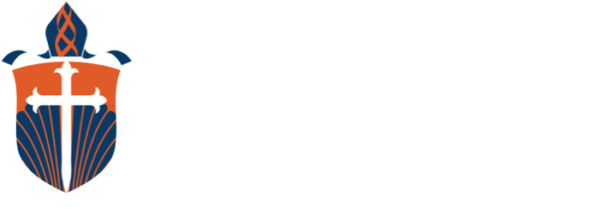St James’ Difference
At St James’ we provide an enriching, holistic education founded on Gospel values
St James’ – where the city meets the country, the sea meets the sand and students meet passionate teachers, every day! We foster individual student potential, providing opportunities for each person to achieve excellence in every aspect of school life.
St James’ Anglican School has steadily grown from a small school established in 2015, with 161 students in the first year, to reach a noteworthy milestone of over 1,100 students in 2024 across the Junior and Senior Schools. At full enrolment, the School will cater for approximately 1,200 students. The School’s reputation and the development of the local area have aided growth, with waitlists now in place for new students across many year groups.
A growing school
The Architects have worked with the School to deliver quality buildings that are fully equipped for modern-day schooling, and designs which were adaptable as the student numbers increased. Large collaborative spaces have been incorporated to allow for small group work outside the classroom; a focus on outdoor learning has provided many natural learning environments, including edible gardens, wildlife havens, natural playgrounds and more! It has been a vision of the School to create grounds that embrace the local environment, that are sustainable and engage with the community.
Nothing is ever achieved without passion
Staff value the connection with students, the need to identify the individual needs of their students and the need for a teaching pedagogy that leads to success.
St James’ Anglican School has a bespoke and promoted teaching way called ‘SJAS Activate,’ a unique and continually updated playbook for high impact teaching.
A proud Anglican school
St James’ Anglican School is owned by the Anglican Schools Commission Inc. Established in 1985, the Anglican Schools Commission’s (ASC) core purpose is to establish and support low fee Anglican systemic schools which provide a high-quality, inclusive and caring Christian education. All students attend a weekly Chapel service and a Christian and Values Education (CAVE) lesson.
We will provide your child with an environment built on strong Gospel values. St James’ is proud to be an Anglican School in which students are nurtured in the Christian faith and encouraged to use their beliefs and values as a basis for living.
Our vision
At St James’ we strive to build a collaborative environment where the School executive, teachers, educational assistants, students and families work together to deliver an inclusive, engaging and supportive education.
We encourage families to become actively involved with the School and to become a part of their child’s educational journey.
Our school motto
St James’ Anglican School will seek to provide excellence in education, stressing high academic standards and the development of individual potential in a dynamic, caring and Christian environment.
Faith
By living the Gospel values, acting with honesty and openness, and celebrating difference and inclusion.
Wisdom
Through the pursuit of knowledge, lifelong learning and high standards and expectations.
Service
By demonstrating fairness, empathy for others and respect for self, others and our world.
The purpose of a Church school is to foster growth in character and develop a set of values and skills, by teaching and example in a Christian setting, through all the activities of school life.
Our core values
FAITH – Living and teaching Gospel values and Anglican traditions.
EXCELLENCE – Pursuing high standards in all things.
JUSTICE – Demonstrating fairness, compassion and conviction; advocating for the educationally disadvantaged.
RESPECT – Respecting self, others and our world.
INTEGRITY – Acting with honesty and openness.
INCLUSION – Promoting diversity and celebrating difference.
St James’ Anglican School aims to:
- stimulate an awareness and understanding of our spiritual nature and our Christian heritage
- provide, in a caring environment, a broad-based education which emphasises development of literacy and numeracy skills and the striving for excellence so that each student may be encouraged to develop to their maximum potential
- develop inquiring and flexible minds and an attitude to life which involves a sense of direction, a positive self-concept and the personal resources with which to lead a full life
- encourage and develop qualities of respect for others, self-discipline, self-motivation, commitment and resilience
- develop a system of pastoral care based on Christian beliefs and values involving all staff and students at every level of the School community
- provide a framework enabling a sense of community to pervade all aspects of school life, allowing for the development of a community of students, staff and parents in positive collaboration.




